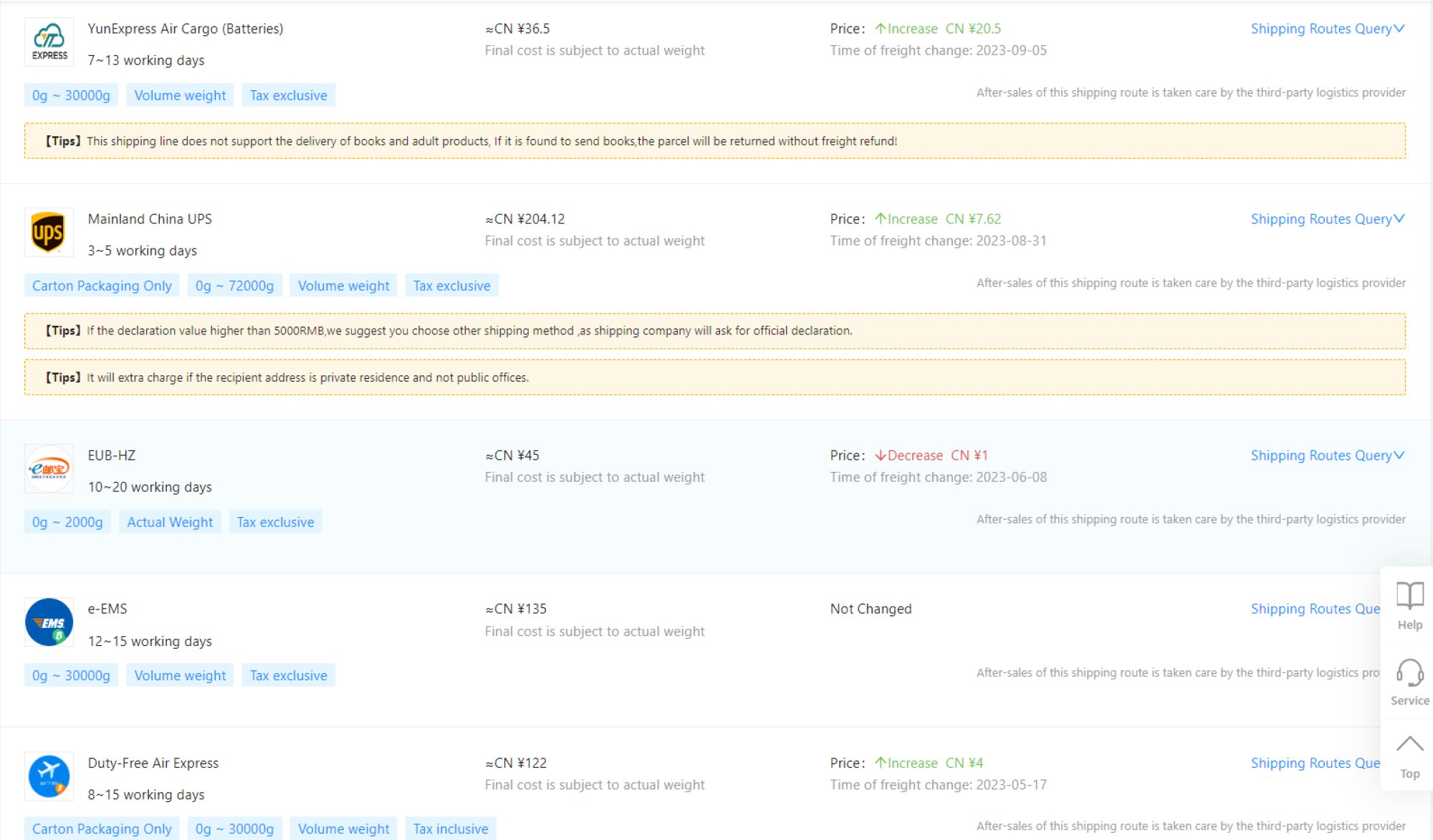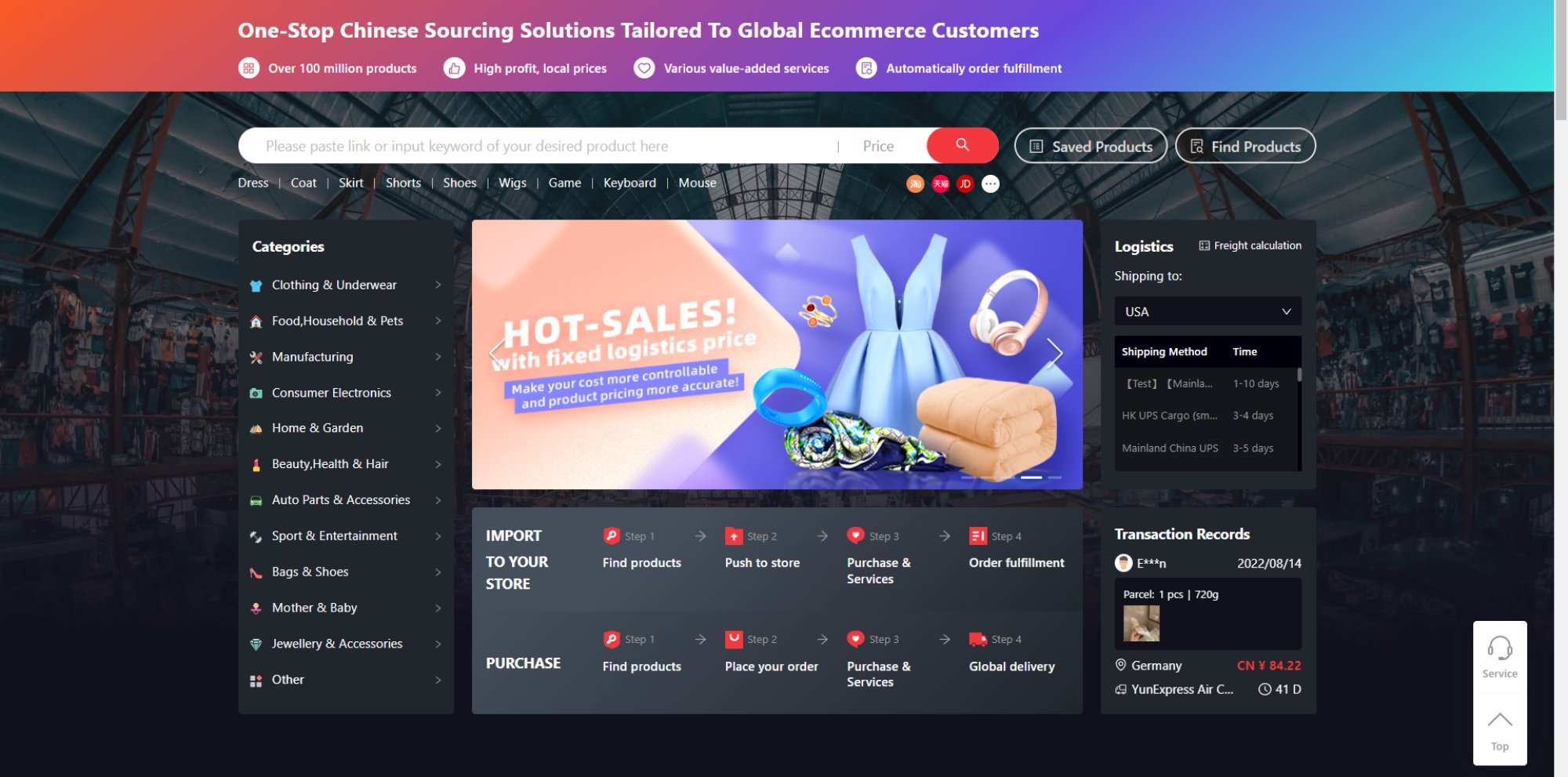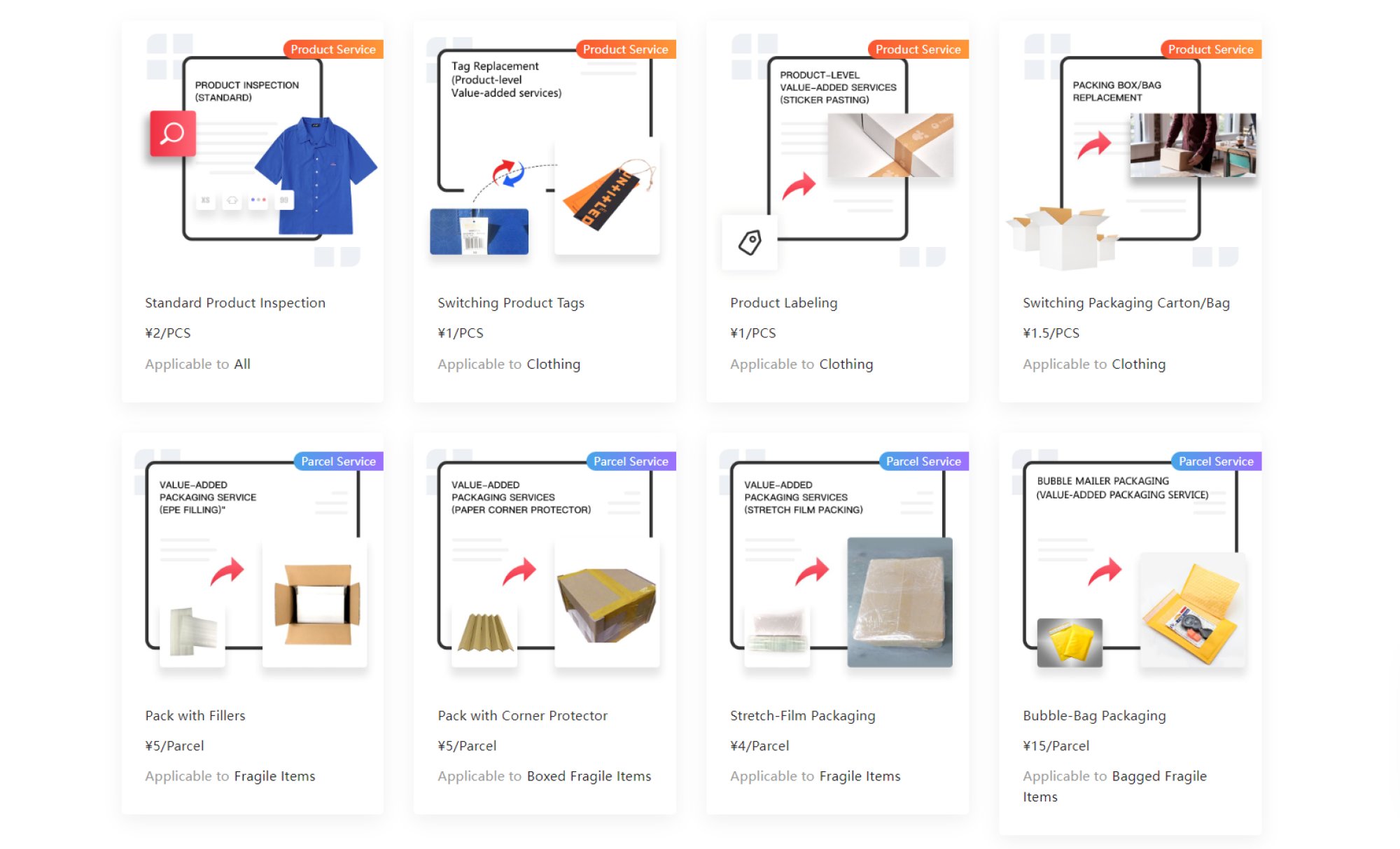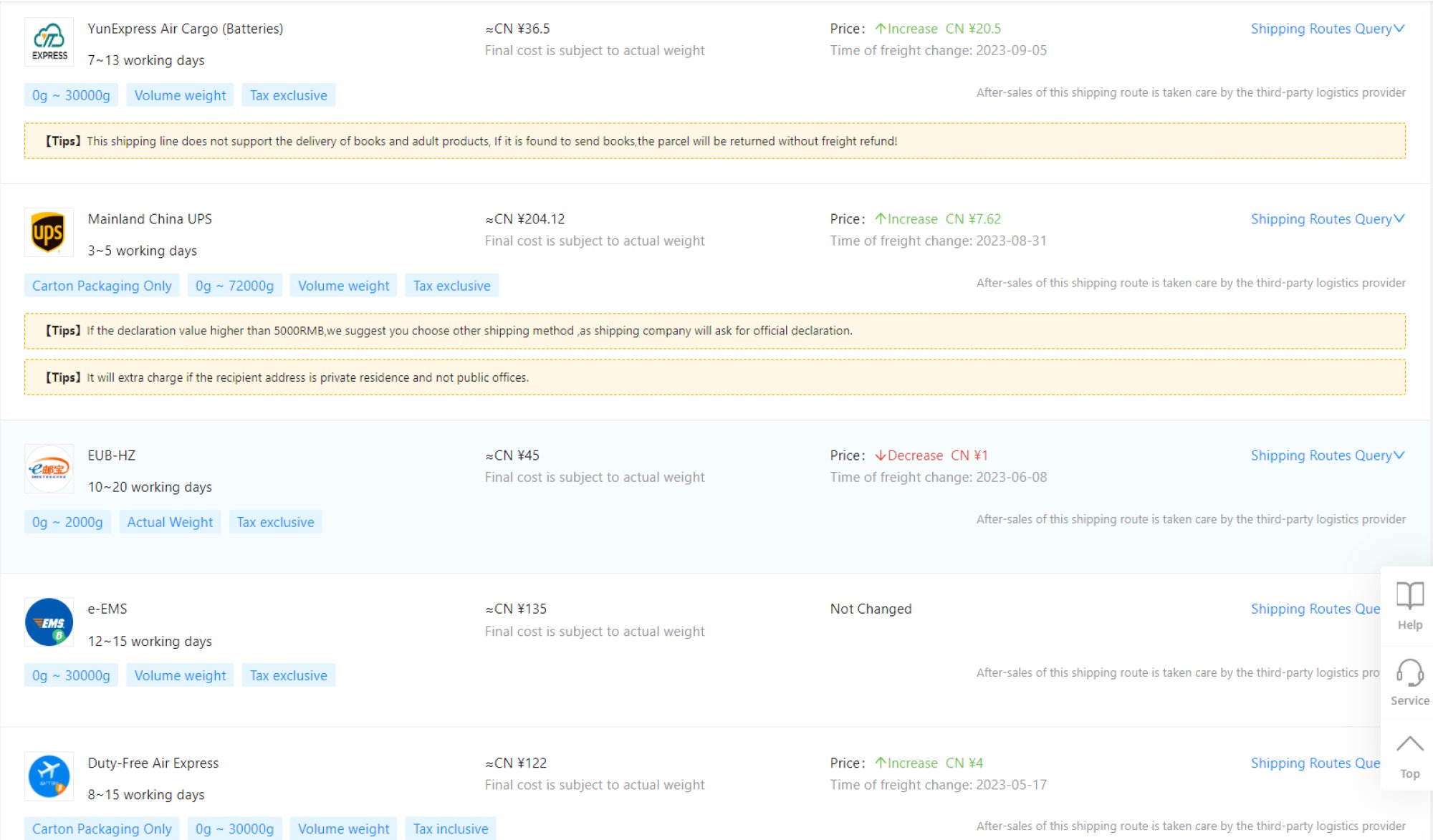How to Get Started in Cross-border E-commerce as a Beginner?
What is cross-border e-commerce, and how can you embark on a cross-border e-commerce venture? This article will provide some advice and guidance.

With the development of globalization and digitalization, cross-border e-commerce has become a promising business opportunity. It not only provides sellers with a broader market but also helps establish connections with global consumers.
What is cross-border e-commerce?
Cross-border e-commerce is a business model that involves conducting trade of goods between different countries or regions through the internet and electronic commerce platforms. Sellers can directly sell products to consumers from around the world without relying on traditional intermediaries or agents.
Cross-border e-commerce brings significant market potential and competitive advantages for sellers. Firstly, it allows you to enter global markets and establish connections with a larger consumer base. This means that your products have the opportunity to be sold in places far from your local market, expanding your customer reach and achieving higher sales volume and profits. Secondly, cross-border e-commerce provides an opportunity to overcome geographical limitations by seeking new partners and suppliers, thus expanding your product supply chain.
In summary, cross-border e-commerce offers a field full of opportunities and challenges. By gaining in-depth knowledge of target markets, formulating appropriate strategies, and continuously improving, you will be able to establish a successful cross-border e-commerce business, achieving global expansion and business growth.

To start cross-border e-commerce, you need to:
Market Research
Understand consumer demands, competition, market trends, and regulatory restrictions in your target market. Identify the most promising market and assess the difficulty and opportunities of entering that market.
Product Selection
Choose products with global market potential. Consider product features, quality, competitive pricing, and alignment with the needs and preferences of your target market.
Marketing Strategy
Develop marketing strategies tailored to different markets. Adapt promotional methods, advertising channels, and sales promotions based on cultural, linguistic, and market characteristics of your target market.

Website Creation
Establish a multilingual online store or website to attract customers from different countries or regions. Provide multiple language options and localized content to make it easier for customers to understand and purchase products.

Logistics and Warehousing
Select reliable cross-border logistics partners to ensure safe and fast delivery of products to your target market. Understand shipping and customs regulations in the target market and choose the most suitable logistics solutions.

Payment Methods
Offer various payment options to accommodate the payment habits of customers from different countries or regions. Collaborate with trusted international payment platforms to ensure secure and reliable transactions.

Customer Service
Build a professional customer service team capable of responding quickly to customer inquiries and needs in multiple languages. Provide timely after-sales support and solutions to increase customer satisfaction and loyalty.

Legal Compliance
Understand trade regulations and consumer protection laws in your target market. Ensure that your cross-border e-commerce business complies with local legal requirements and adheres to relevant business norms and ethical standards.
Evaluation and Optimization
Regularly evaluate the performance of your cross-border e-commerce business and optimize and improve based on market feedback and data analysis. Stay attentive to changes in competitors and market trends and adjust your business strategies accordingly.

By following these steps, continuously learning, and improving, you can build a successful cross-border e-commerce business. Remember, cross-border e-commerce requires patience, dedication, and adaptability to cultural differences and market demands in different countries and regions.
You can complete the entire cross-border e-commerce process using BuckyDrop.
BuckyDrop provides a one-stop, end-to-end e-commerce service that covers product sourcing, value-added services, payment settlement, warehouse management, international logistics, and after-sales support. We are committed to offering you a comprehensive e-commerce solution, allowing you to focus on your strengths and business development, differentiate yourself in the competitive e-commerce market, and achieve greater success.
BuckyDrop supports product sourcing from various Chinese e-commerce platforms such as 1688, Taobao, Tmall, Xianyu, JD, Youzan, Dewu, and Weidian, and seamlessly syncs them to your Shopify/WooCommerce store with just a few clicks. You can take full advantage of the wide selection and competitive pricing of Chinese products while enjoying the follow-up support and professional quality control from our dedicated procurement team, ensuring you obtain high-quality goods at the lowest cost.

Additionally, BuckyDrop offers over 100 customized services, including product label processing, custom packaging, and photo inspections, to help you create a personalized brand image.

With extensive experience in international logistics routes, BuckyDrop provides stable and reliable global delivery services. Regardless of the type of goods or destination, we have high-quality and suitable logistics routes for you to choose from. Moreover, our logistics experts can tailor delivery solutions specifically for your needs.

By using BuckyDrop, you can automate order fulfillment, eliminating the hassle of manually processing orders and improving work efficiency.
You will enjoy personalized customer service with a dedicated account manager assigned to you by BuckyDrop. They will provide high-quality one-on-one professional assistance. Our VIP customer service team is always ready to help with any questions or support you may need.
Learn More
➜ Contact Us: marketing@buckydrop.com



